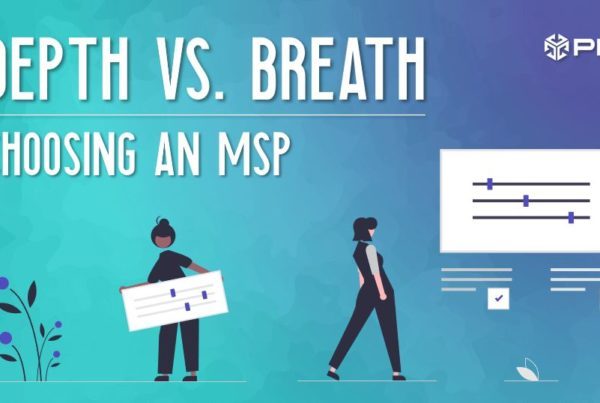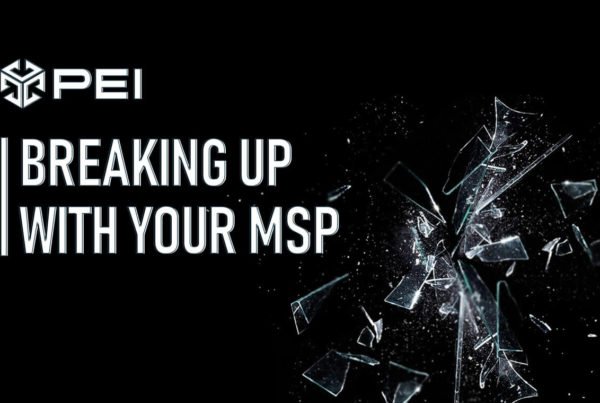Part I: SIP
This is going to be a multi-part post. The first being the basics of SIP followed by other posts on SIP to include SIP Trunking.
Being a voice engineer it is hard for me to make it through a meeting without mentioning SIP. Why? To put it plainly, I believe SIP is the way of the future. I have been working with SIP for approximately six years now. I have been on the carrier side, consumer side and the consulting side of SIP. None of which have swayed me from moving forward with SIP in personal or professional endeavors.
The question right now is – what is SIP? Session Initiation Protocol (SIP) is an application-layer control protocol used to establish, manipulate and teardown sessions over an IP network. This protocol can be used to establish a two-way call, establish a multi-party conference or tear down an established call or conference. SIP can also be used to add or remove parties from a conference, transfer calls to another endpoint or to invoke additional services. Keep in mind that SIP is only used as a signaling protocol. SIP relies on other protocols such as Real-time Transport Protocol (RTP) for media or the Session Description Protocol (SDP) for describing multimedia sessions.
In conclusion, SIP is used to establish, manipulate and teardown sessions over an IP network. If you want to know more about SIP, you can read RFC 3261 which describes SIP in detail.
– Emilio Rivera, PEI




